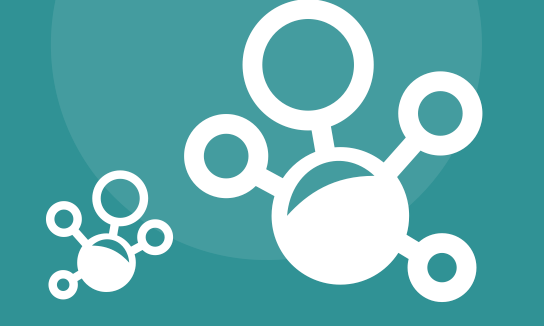Datification is the process of taking an activity or process and turning it into data. There are plenty of examples of this in our world thanks to new technology that has allowed us to track a wide variety of personal and business metrics. For example, apps like MapMyRun track your route, your fastest speed, average speed, calories burned and other key fitness metrics to give you all of the required data, as well as data that you may have never thought was accessible before - ‘dark data’.
There are numerous types of data in this context:
- Data that is both available and collected
- Data that is available but not collected
- Data that is not available
- Data that is collected but not used or made aware of
- Data that is not known about but available
- Data that is available but needs a solution to be collected
Whatever the situation, new technologies and analysis techniques are unlocking this data, playing into the ‘big data’ trend that will continue to grow in 2014.
Where this gets interesting for us in a marketing context is in the datification of our efforts. This trend is firmly on course and has already been well established, particularly in the analytics market with the likes of Google Analytics, Webtrends, Omniture and other suppliers providing strong solutions for certain aspects of the marketing mix.
Our browsing histories, search activity, and our social media activity - from what we like and who we follow, to what we discuss and with who, alongside a wealth of other data opens up the ability to target & tailor both our content and our advertising to a much higher level than ever before. We voluntarily datify our professional network with LinkedIn, our thoughts with Twitter, what we’d like to purchase with the likes of Amazon and eBay for example - meaning that are whole digital lives can be mapped out when the data is available.
Content tailoring and advertising targeting aside, where the datification of marketing really comes into its own is in the performance tracking and campaign analysis aspect. Agencies and brands can now track and monitor all of their marketing efforts to a fine level of detail. With most having a multi-channel marketing mix with potential customers coming down various overlapping routes, the ability to visualise funnels and see how each marketing element interacts with others and performs is critical. The age of datification means that this is now both possible, and valuable as we have the data to analyse trends and act on the insights we can find.
In the marketing world, much of the data is available to us (with some notable exceptions - such as Google organic keyword data), in fact so much data is available that many opt to focus on just a few key metrics and ignore others entirely. It is well worth investing your time, or getting help from agencies such as Datify, to fully understand all of your data and what it means for your business.
It is also our responsibility as marketers to ensure that we continue to collate our data in the best possible way. Tag your campaigns, segment audiences to the finest possible level, and use sensible groupings in all of your activity - from content marketing content strands, to tracked keyword groups or email marketing segments. Everything needs to be thought through, segmented and tracked from start to finish to ensure you have the relevant insight.
To make the most of the datification of marketing, ensure that your business is agile enough to respond to the results you find. Constantly optimise, test and learn, and look for ways to find more valuable data.
Stay ahead of the curve and plan your marketing activity with data led insight, and use full performance data to enable you to make the most of your campaigns and truly judge success of your businesses and your competitors campaigns. The datification of marketing has made this possible, and will continue to improve the data available for everyone to improve.
Adam Mason
Latest posts by Adam Mason (see all)
- Why Has Google Gone Against Authorship? - July 7, 2014
- Why You Should Outsource Your Content Marketing - February 10, 2014
- Is Your Site Affected By Penguin? - January 31, 2014

